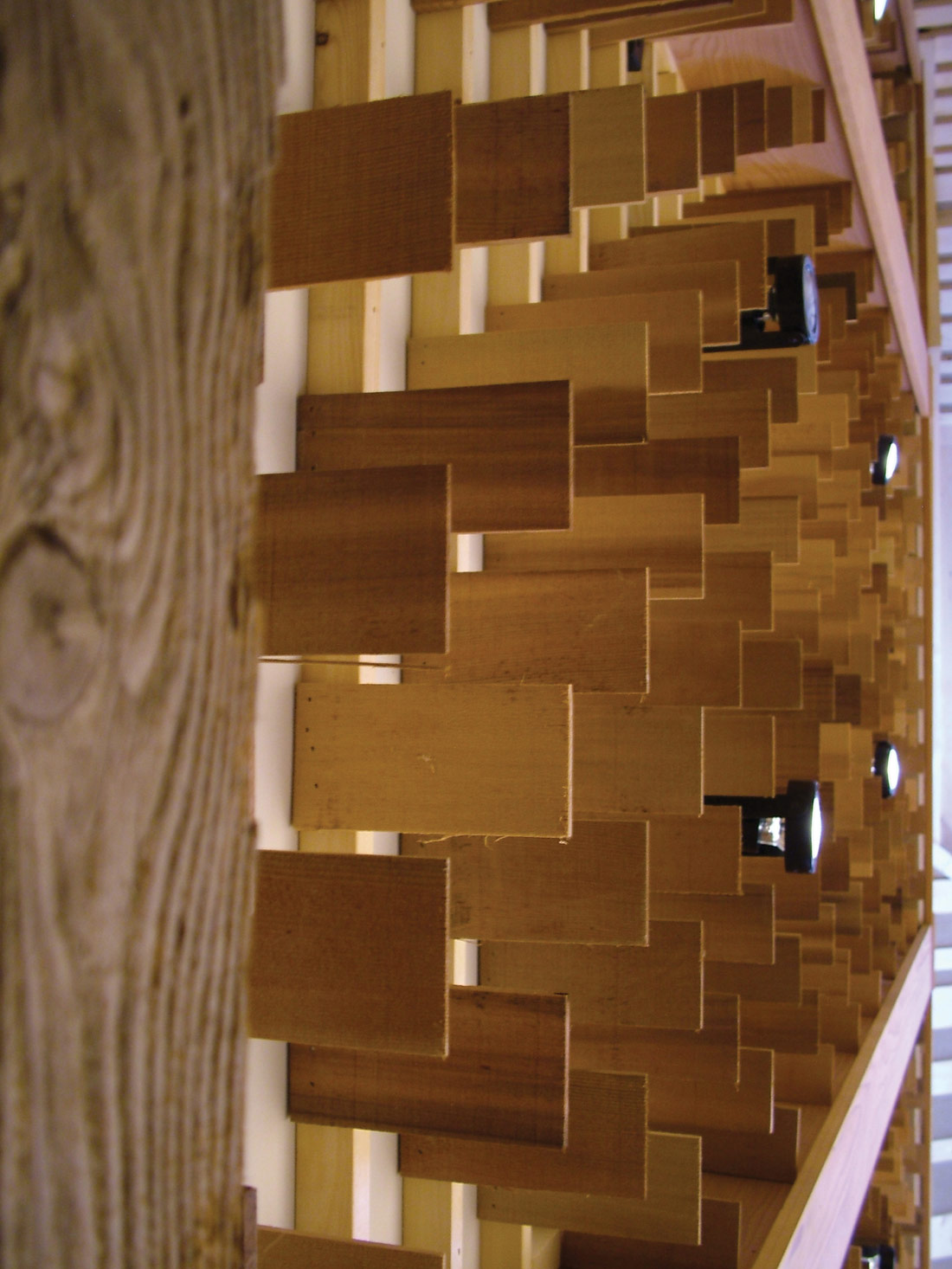Insight is a professional metering system that runs on Windows and OS X machines in a variety of plug-in formats. Insight is impressive visually. In fact, it has been responsible for drawing large crowds at every trade show where iZotope has demonstrated it. I still remember an AES voicemail from Scott McChane, "Garrett, this new software iZotope has is so cool. You have to see it to believe it." Some of its features include: True Peak Meters, Loudness Meters, Loudness History Graph, Stereo Vector Scope, Surround Scope, 2D/3D Spectrogram, and Spectrum Analyzer. In addition to display feedback, the application can provide reporting information, including data exports suitable for graphing in a spreadsheet or data analysis with SPSS.
Readers who work in broadcast and sound for film industries will applaud Insight's reporting features. Several years back, the International Telecommunication Union (ITU), a group comprised of engineers from around the globe, issued recommendation ITU-R BS.1770, which described a new style of loudness metering. This standard measures long-term average loudness in a straightforward way, something that had eluded the industry for quite some time. The European Broadcasting Union (EBU) relied on the ITU method to create its new broadcasting standard, outlined in the technical recommendation EBU R 128. Meanwhile, in the U.S., the Commercial Advertising Loudness Mitigation (CALM) Act was signed into law on December 13, 2011. CALM mandates that the Federal Communications Commission (FCC) must recognize and enforce the Advanced Television Systems Committee's (ATSC) interpretation of ITU-R BS.1770, ATSC recommended practice A/85. Whew. That was a lot of legal talk. But this is serious stuff, and there is a good chance you may run into these requirements one day. Having software written according to these standards will be a lifesaver to many. But there is plenty of functionality for the music-making engineers, too.
In addition to the broadcast meters, Insight has some unique presentations, including three-dimensional spectrogram; loudness history; and frequency, phase, and peak metering. The meters are configurable, and since there are so many options, being able to choose only what you need based on your working style is great. Insight comes with many starting presets. First, select from three main families: audio analysis, loudness metering, or audio production. From there, choose from a list of individual or bundled options. If there is not a group that suits your needs, you can create a customized set and save it for future recall. For example, I have one called "TLS_1" (creative, I know), which has a spectrum analyzer, peak/average L/R levels, and mid/side/integrated level history.
A really extra-neat, super-cool feature is called Meter Tap. This allows comparison among many source elements. Simply add a Meter Tap plug-in on individual tracks, then open a meter, usually the spectrogram, and see how the tracks combine. Choose overlay, tile, or stack views to compare different tracks/Taps and see the interplay. Meter Tap also works on buses. In today's visual society, this can be a great teaching tool. Before Insight, I used to feed a kick drum to the left channel of a bus and the bass guitar to the right channel, and strap a dual-mono frequency analyzer on the bus. Crude, but it worked. However, I could only compare two elements, and only in two dimensions. With Insight's Meter Taps, I can add numerous instruments. For example, putting a whole drum kit through a Tap-experiment can be a great way to see the interplay among toms and cymbals. It is also great for visualizing how keyboards are fighting guitars, guitars are fighting vocals, or lead and background vocals are working together. If you're a predominantly visual person, this can help open your ear through your eyes.
My only complaint about the package is there is a large feature set, and it takes a while to learn not only what meters are available, but also the best ways to tweak each display for optimal results. Sometimes the sheer volume of features and flexibility is overwhelming. But the interface is the well- known iZotope-military-command-center format, which is easy on the eyes and simple to navigate. I recommend reading the manual, as time permits. Another thing to do is instantiate meters you may think are outside of your job description. For example, I had a client who asked me to make a record as loud as their favorite commercial CD, a bricked- pasteurized-process-mess. I was able to analyze one song with Insight, spit the data out to Microsoft Excel, and generate graphs to share with the client. If you do audio for commercials, being able to provide CALM data for the post house is a plus.
Film, post, broadcast, and recording professionals will appreciate the power and flexibility here. New engineers can employ Meter Tap to make the mixing learning curve easier to climb. And I forgot to mention the 3-D displays can distract cats and small children (and some Tape Op contributors) for short amounts of time, should that be a necessity in your situation. Insight is a comprehensive and powerful suite that has something for everyone who works in audio-related fields. With modern loudness standards built into the measurement code, crisp graphics, reporting features, and personal customization options, Insight is very much worth trying within your workflow. ($449 street; also available as part of Ozone 5 Advanced; www.izotope.com)




_disp_horizontal_bw.jpg)